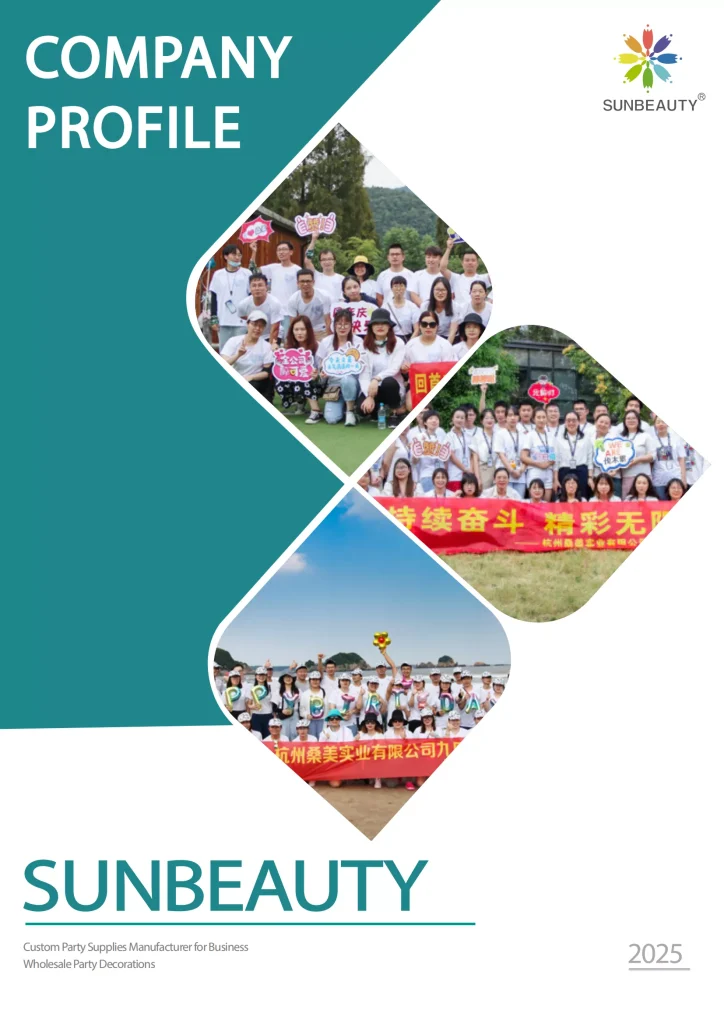Germany’s rich cultural heritage is beautifully exemplified through traditional German party ideas culture and vibrant holiday celebrations. From jovial beer festivals to enchanting Christmas markets, these festive gatherings offer a captivating window into the country’s history, customs, and enduring spirit of camaraderie.
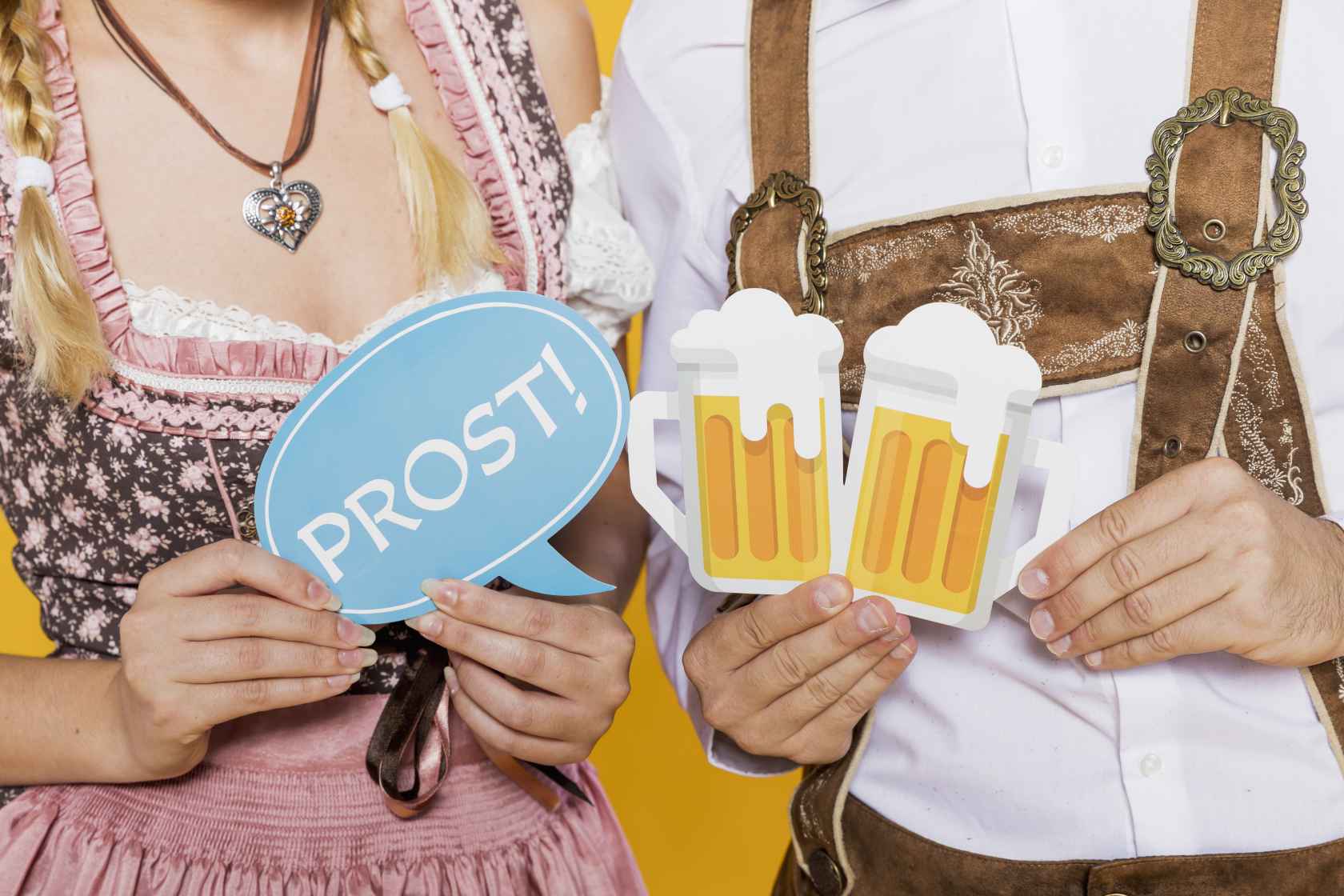
Part 1: A Glimpse into German Party Traditions
German traditional party culture is characterized by a deep sense of community, festive rituals, and a strong emphasis on food, drink, and music. Whether it’s a folk festival, a religious celebration, or a seasonal event, Germans take great pride in honoring their heritage through joyful gatherings. Several key elements characterize the rich tapestry of German party traditions include:
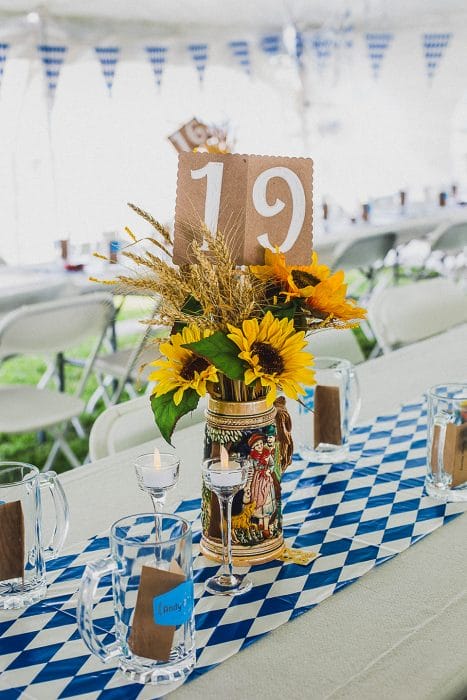
Beer Culture: Germany is famous for its beer culture, with beer festivals such as Oktoberfest in Munich attracting millions of visitors each year. Beer gardens, breweries, and traditional beer halls play a central rolnjoy a wide variety of brews, hearty food, and live music. This enduring tradition reflects the country’s proud brewing heritage and convivial spirit.
Folk Festivals: Throughout Germany, vibrant folk festivals such as the Cologne Carnival, Christmas markets, and wine festivals showcase the nation’s diverse regional traditions, music, dance, and culinary delights. These events serve as colorful expressions of local folklore and cultural pride.
Seasonal Celebrations: Germans embrace the changing seasons with a myriad of festive celebrations, from springtime Maifest and Walpurgis Night to summer fairs, autumn harvest festivals, and winter Christmas markets. Each season brings its own unique party traditions that reflect the cultural diversity and regional influences across the country.
Traditional Costumes: Traditional German attire, such as dirndls and lederhosen, are commonly worn during folk festivals and special occasions. These garments symbolize regional identity, craftsmanship, and a connection to the country’s rural roots, adding a touch of authenticity and charm to German party culture.
Part 2: Historical Insights into German Party Culture
The roots of German party culture can be traced back to ancient traditions, medieval customs, and religious festivities that have evolved over time. Understanding the historical context of German celebrations provides valuable insights into the cultural significance and symbolism behind these events. Some notable historical aspects of German party culture include:
Medieval Festivals: During the Middle Ages, German towns and villages celebrated various festivals to mark important occasions such as harvests, religious feast days, and royal coronations. These medieval festivities often included feasting, music, dancing, and theatrical performances, laying the foundation for modern-day German party traditions.
Beer Purity Law: The Reinheitsgebot, or Beer Purity Law, established in Bavaria in 1516, regulated the ingredients used in brewing beer and ensured its quality. This law played a significant role in shaping Germany’s beer culture and laid the groundwork for the country’s renowned beer festivals and brewing traditions.
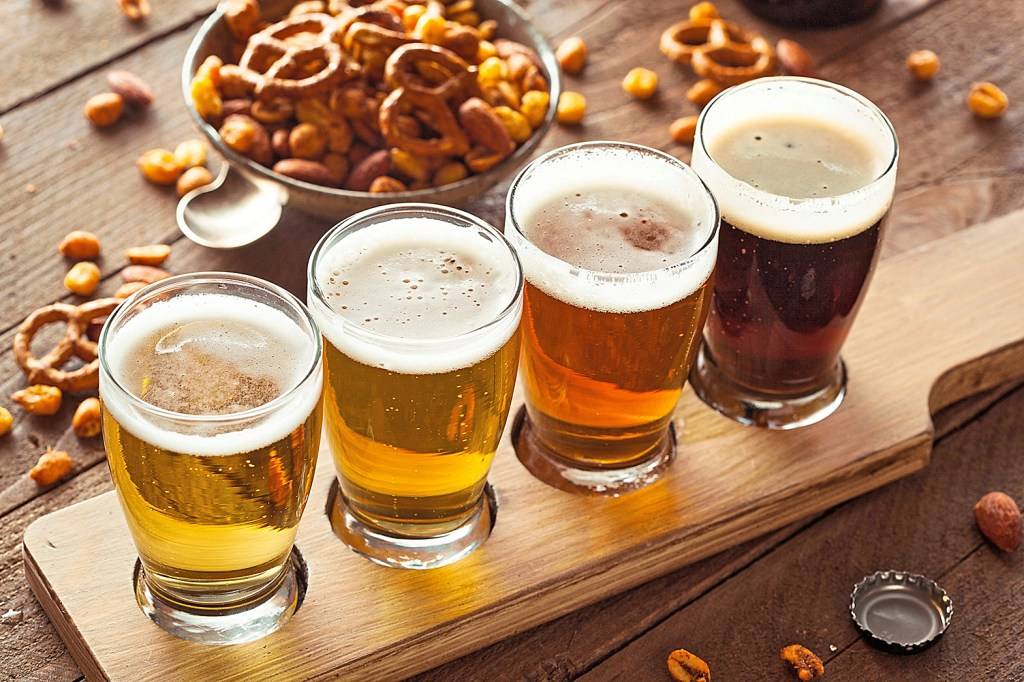
Cultural Influences: Germany’s party culture has been influenced by neighboring countries, immigrant communities, and historical events. For example, the influence of French, Italian, and Slavic cultures can be seen in certain regional festivities, while events like the fall of the Berlin Wall in 1989 have inspired new forms of celebration and unity across the country.
Modern Trends: In recent years, German party culture has evolved to embrace modern trends such as electronic music festivals, street parades, and multicultural celebrations. These contemporary events reflect Germany’s dynamic social landscape and its openness to diverse forms of expression and entertainment.
Part 3: Traditional German Party Ideas – Common Holiday Parties
From joyful Easter gatherings to enchanting Christmas markets, German holiday celebrations are steeped in history and cherished traditions.
-
Easter Celebrations – Osterfest
Easter holds a special place in the hearts of Germans, heralding the arrival of spring and new beginnings. Traditional Easter parties, known as “Osterfest,” are filled with joyous customs and age-old rituals. Key elements of German Easter celebrations include:
Easter Egg Decorating – Ostereiendekoration : Families and communities come together to adorn eggs with intricate patterns and vibrant colors, symbolizing the rebirth and fertility of spring. These decorated eggs are proudly displayed as decorations and exchanged as gifts during Easter gatherings.
Easter Bonfires – Ostern Lagerfeuer : In some regions, the lighting of Easter bonfires is a time-honored tradition that dates back to pagan rituals celebrating the return of light and warmth. These communal bonfires bring neighbors and friends together to welcome the spring season with music, dancing, and shared festivities.
Easter Sunday Feast – Ostersonntag Fest : The Easter Sunday meal is a cherished tradition, featuring a delectable spread of dishes such as roasted lamb, Easter breads, and sweet treats like chocolate bunnies and marzipan eggs. Families gather around the table to savor these culinary delights and share in the joy of the holiday.
Oktoberfest – A Celebration of Bavarian Culture
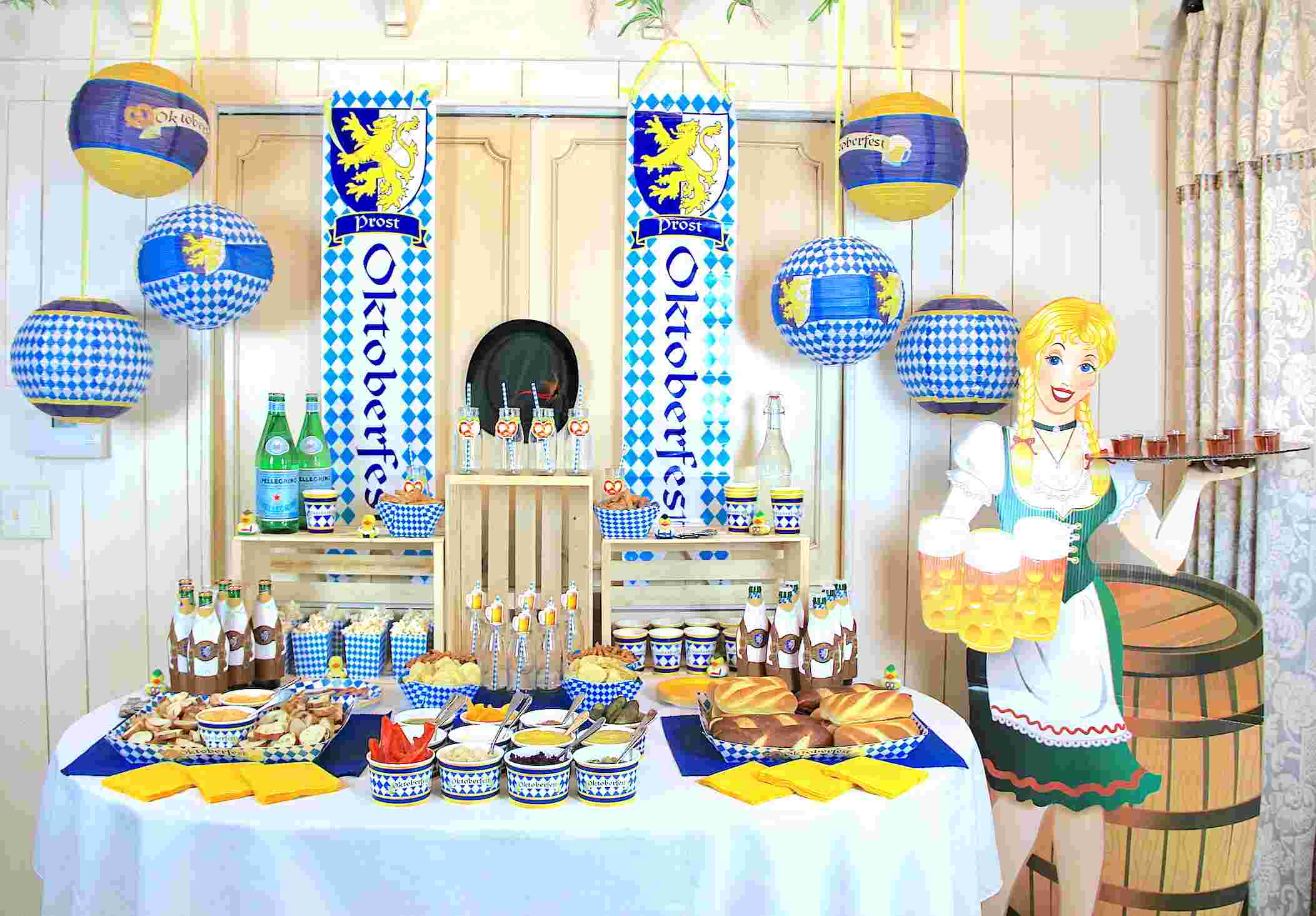
One of Germany’s most renowned and beloved holiday parties is Oktoberfest, a lively festival that originated in Munich and has since become a global celebration of Bavarian culture, drawing millions of visitors to partake in the exuberant ambiance, traditional folk music, hearty cuisine and the renowned Bavarian beer. This iconic event, which typically takes place from late September to early October, features:
Beer Tents and Gardens: Oktoberfest is synonymous with lively beer tents and expansive beer gardens where locals and visitors gather to raise steins of frothy brews, enjoy traditional Bavarian music, and revel in the convivial atmosphere.
Folk Music and Dancing: Traditional folk music and spirited dancing are integral to Oktoberfest, with lively polkas and schuhplattler performances adding to the exuberant ambiance. The sounds of accordions and brass bands fill the air, creating an irresistible backdrop for celebration.
Culinary Delights: Authentic Bavarian cuisine takes center stage at Oktoberfest, with hearty dishes like roast chicken, pretzels, sausages, and potato dumplings delighting the taste buds of festival-goers. The aroma of grilled meats and freshly baked goods wafts through the festival grounds, adding to the sensory experience.
As winter descends upon Germany, enchanting Christmas markets, or “Weihnachtsmärkte,” spring to life in towns and cities across the country. These traditional holiday markets captivate visitors with their festive ambiance, twinkling lights, and a delightful array of seasonal attractions, including:
Handcrafted Treasures: Christmas markets showcase a treasure trove of handcrafted ornaments, wooden toys, intricate lacework, and artisanal gifts crafted by local artisans. Visitors can peruse these stalls to find unique souvenirs and timeless keepsakes.
Glühwein and Treats: Aromatic mulled wine, known as “Glühwein,” warms the spirits of visitors as they stroll through the market alleys, accompanied by the irresistible aromas of roasted nuts, gingerbread, and sizzling sausages.
Festive Entertainment: Carol singers, brass bands, and nativity scenes add to the magical atmosphere of Christmas markets, creating a sense of wonder and nostalgia. Visitors can also enjoy ice skating, carousel rides, and other seasonal attractions that make the markets a joyous gathering place for families and friends.
Whether it’s the exuberant festivities of Oktoberfest, the enchanting charm of Christmas markets, or the timeless traditions of Easter, these celebrations reflect the enduring spirit of togetherness and joy that defines German holiday culture. As visitors and locals alike partake in these cherished traditions, they become part of a collective tapestry of merriment that spans generations and embodies the true essence of German hospitality and cheer.
Part 4: Preserving and Celebrating German Party Traditions Today
In the face of changing social norms and cultural dynamics,TThe preservation and celebration of traditional German party culture and holiday traditions remain essential to honoring the country’s heritage and fostering a sense of community pride. Through cultural preservation efforts, community engagement, and an openness to innovation, these traditions continue to thrive and evolve for future generations.
Cultural Preservation: Organizations, museums, and local communities play a vital role in preserving and promoting German party traditions through exhibitions, workshops, and interactive experiences. By showcasing the history, craftsmanship, and rituals behind these celebrations, they help keep the spirit of German party culture alive.
Community Engagement: German party culture thrives on community engagement and participation. Encouraging active involvement in organizing and attending traditional events fosters a sense of belonging and camaraderie among participants, strengthening social bonds and cultural cohesion.
Innovation and Adaptation: While honoring age-old traditions, German party culture also embraces innovation and adaptation to meet the changing needs and interests of contemporary society. By incorporating new technologies, artistic expressions, and sustainability practices, traditional parties stay relevant and appealing to a modern audience.

Traditional German party culture and common holiday celebrations embody the essence of community, tradition, and seasonal revelry, offering a captivating reflection of the country’s rich cultural heritage.
Whether it’s the exuberant festivities of Oktoberfest, the enchanting charm of Christmas markets, or the timeless traditions of Easter, these celebrations stand as testaments to the enduring spirit of togetherness and joy that defines German hospitality and cheer.
By cherishing and evolving these traditions, Germany continues to uphold its reputation as a land of lively festivities, warm hospitality, and timeless traditions that bring people together in joyous harmony. Prost! (Cheers!)






